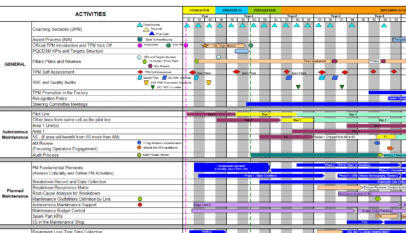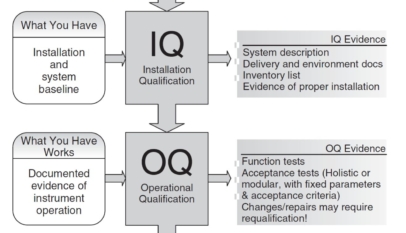Everyone understands the idea that it is important to walk in the consumers’ shoes in order to understand what his needs are, but this is not an easy thing to do. One approach to understanding the consumer, however, is to establish a scenario. Although conventional approaches to acquiring primitive data include things like interviews, techniques such as mailing questionnaires and utilizing in-house reports are becoming more and more common.
And to use such techniques in understanding the consumers’ needs, it becomes necessary to conceive of a scenario in which the customer might actually use the product in question. The process used to transform customer data into required quality involves supposing a scenario in which the consumer actually uses the product based on the signals received from the consumer in the form of customer data, and transforming those signals into quality requirements. To do so means speculating about what kind of a person would use the product, under what conditions, in what manner, and where. It is impossible to develop a consumer-oriented product without first walking in the consumer’s shoes through such a scenario.
The ability to imagine in detail such a scenario depends in large part on the designers’ own values and understanding of current trends. It is important for product designers to be aware of what the latest fashions are and to be sensitive to what direction a trend is likely to take. They also need an understanding of the development process used in the creation of hit products in the past, which can often serve as a source of ideas for the attentive student of history.
When a development involves the modification of an existing product, it is important to observe how the product is actually being used and to have the actual product in front of you as you devise a scenario for product development.
One of the keys to the successful development of a new product is just how detailed a scenario you can devise. One useful technique in devising scenarios is the 5W/1H method, which is just another way of saying that you need to think about who, when, where, what, why, and, of course, how. You don’t have to spend too much time thinking about what, since that will obviously be the product in question, and the answer to how and why will essentially become part of the scenario itself.
That is why the main answers you will have to provide to complete your scenario will be who, when, and where. Once you’ve done that, you will be able to conceptualize the requirements for a specific product or service being used in a specific situation.

If you include the words if and why in your conceptualization, you should be able to develop any number of ideas. Apply the word if to change the person, time, or place specified in your scenario. For example, how would your scenario be affected if it were changed to when a university professor is called on by a visitor in his research laboratory? This can further be modified to when a female student is called on by a visitor at the university research laboratory or when a university professor is in his research laboratory late at night. The advantage of using such a scenario is that you will discover different requirements each time you change the conditions of the scenario.



















